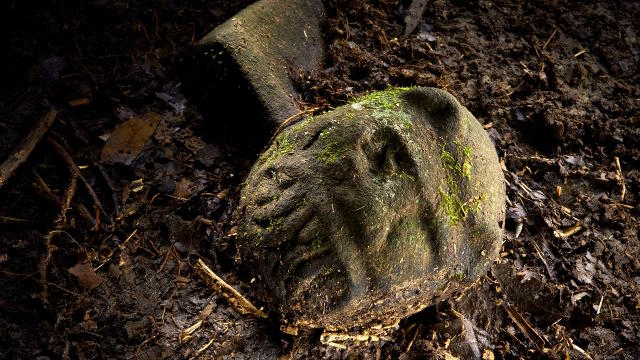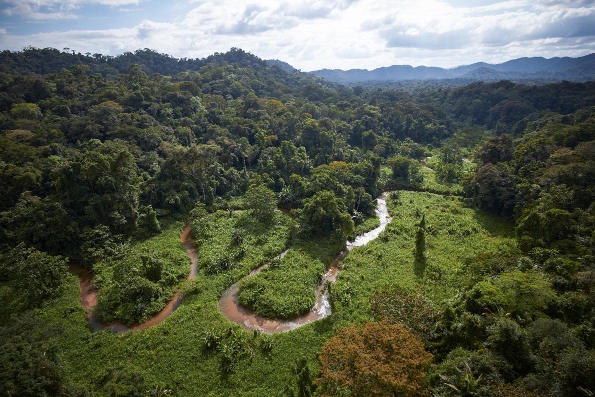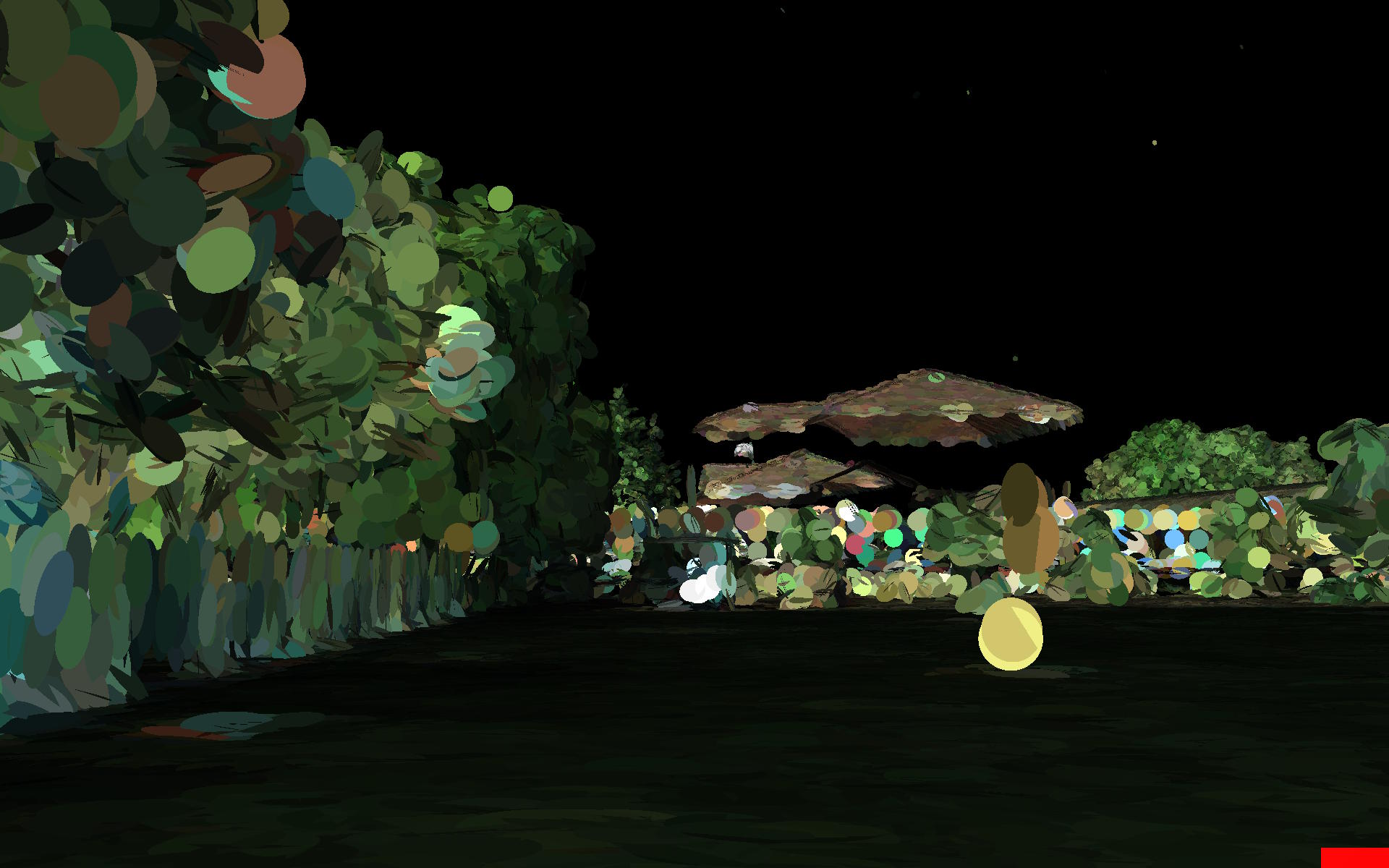I wasn’t able to talk about this before, but now I guess the cat’s out of the bag. About two years ago, we helped a team of archaeologists and filmmakers to visualize a very large high-resolution aerial LiDAR scan of a chunk of dense Honduran rain forest in the CAVE. Early analyses of the scan had found evidence of ruins hidden under the foliage, and using LiDAR Viewer in the CAVE, we were able to get a closer look. The team recently mounted an expedition, and found untouched remains of not one, but two lost cities in the jungle. Read more about it at National Geographic and The Guardian. I want to say something cool and Indiana Jones-like right now, but I won’t.

Figure 1: A “were-jaguar” effigy, likely representing a combination of a human and spirit animal, is part of a still-buried ceremonial seat, or metate, one of many artifacts discovered in a cache in ruins deep in the Honduran jungle.
Photograph by Dave Yoder, National Geographic. Full-resolution image at National Geographic.
The exciting thing about working with the team and this data set, besides the hush-hush clandestine secret agent/adventurer scientist bits, was that we were able to use LiDAR Viewer to get underneath the jungle’s canopy, and explore the data from the ground, at any scale including 1:1, almost as if we had really been there. Unlike some other LiDAR analysis software, LiDAR Viewer represents the entire 3D data set as a cloud of points, not just the bare ground surface. This allowed us to follow a meandering river through a narrow gap into the hidden valley, judge the height and density of trees and grass to find possible helicopter landing sites, all without needing a machete or being eaten alive by insects, and being able to cover an enormous amount of ground in a short time.

Figure 2: I immediately recognized this meandering stream from the LiDAR scan.
Photograph by Dave Yoder, National Geographic. Full-resolution image at National Geographic.
I wish I could show some screen shots of the LiDAR data set, but as the site’s location is still being kept secret to deter looters, it’s probably not a good idea. Until I get permission, see Figure 3 for a shot from another LiDAR scan, to show approximately what that would look like (just with fewer houses and manicured lawns).
The screen shot really doesn’t do the data set justice; it has to be seen using a holographic display.



Was the canopy sparse enough to let you see the ground?
The canopy was quite dense, but just enough of the laser went through to get enough returns from the ground to estimate tree height, and to get an idea what the easiest approach route on foot would be. They were initially hesitant about flying in with a helicopter because all open areas were overgrown with tall grass, but it appears they fast-roped a couple of old SAS blokes down there to make a clearing the old-fashioned way.
just awesome!